- Home
- G. A. Henty
The Young Colonists: A Story of the Zulu and Boer Wars Page 19
The Young Colonists: A Story of the Zulu and Boer Wars Read online
Page 19
hisbravery and coolness. Seeing upon the ground a dismounted and woundedtrooper, surrounded by a dozen Zulus, he wheeled his horse and dasheddown among them, knocking over three with the rush of his horse, andcutting down two with right and left strokes of his sabre; in anothermoment he had the wounded man on his horse behind him, and carried himoff in safety.
Commander D'Arcy, also seeing a wounded man on the ground, tried tocarry him off, but his horse, being restive, reared and fell back uponhim, so that the unfortunate trooper was overtaken and assegaied; whileD'Arcy, who was severely bruised by falling on his revolver, was able toget back safely, but was unable to take part in the next day's fight.
A little before daybreak Wood with his flying column crossed the river,followed by the main army. The whole of the baggage was left in chargeof the 24th, and nothing was taken, save the ammunition and water-carts,each man carrying four days' supply of biscuits and preserved meat inhis haversack. The crossing of the river was made without anyopposition, but the movements of the troops were watched by a party ofZulus from a hillock on the left.
As soon as favourable ground had been reached, Wood was signalled tohalt and wait for the main body, and when the junction was effected theorder was given to form a large hollow square. Inside this square weretwo companies of engineers, together with the ammunition-carts,water-carts, and ambulance waggons, carts with intrenching tools,stretchers and bearers, together with two gatling-guns in a reserve.The front face of the square was formed by the 80th Regiment, with twogatling-guns in their centre and two 7-pounders on their right. Theright face of the square was formed of seven companies of the 13thRegiment. Next to these came two 7-pounder and one 9-pounder guns; fourcompanies of the 58th completed the line on this side. The rear facewas composed of two companies of the 21st, and three companies of the94th, with a 9-pounder gun. On the left or west flank were threecompanies of the 94th, two 7-pounder guns, eight companies of the 90th,and two 9-pounders. Buller's cavalry were away, scouring the country onthe flanks. Colonel Drury-Lowe, with two squadrons of the 17th Lancersand Captain Shepstone's Basutos, formed the rearguard. The square movedforward for a few miles, when they began to near the smaller kraals.Towards the left front the Zulu columns could now be seen across theplain, with the sun glancing down upon their long lines of whiteshields. Upon reaching the first kraal the square was halted while itwas fired. The next kraal was a very large one, called Unodwingo. Thiswas also fired; but, as it was found that the smoke drifted across theplain so as to act as a screen to the Zulus, Lord Chelmsford ordered itsextinction. Strong columns of the enemy could now be seen moving out ingood order from Ulundi, and the square halted on some slightly-risingground.
The Zulus soon opened a dropping fire on the right front, and from astrong force operating on some broken ground near Unodwingo on the left.By nine o'clock the Zulu attack was fairly developed. Buller's menthen made a strong demonstration on the left, driving the Zulus from thehollow where they were sheltered back to the Unodwingo kraal. Thismovement was well supported by Shepstone and the Basutos.
The Zulus now brought up a strong reinforcement from the right, so as toassist those engaged with the cavalry. Buller's men fought in the Dutchfashion, in two ranks; the first mounted and ready to dash in a momentupon any weak point in the enemy's line, the second on foot, using theirsaddles as a rest for their rifles. As soon as the front rank becametoo hardly pressed, they cantered to the rear and dismounted and openedfire, while the second rank mounted in readiness to charge. GraduallyBuller and Shepstone fell back, the Zulu column pressing upon them untilwell within reach of the gatlings and Martinis. The cavalry then tookrefuge in the square, and over the ridges of the front and left the Zulucolumn with loud shouts swept down upon the square. The Britishinfantry now opened fire. Gatlings and rifles poured in their deadlyhail of fire, while the guns swept the Zulu ranks with shrapnel andgrape. Terrible as the fire was, the Zulus pressed bravely forward,filling up the gaps made in their ranks, their wild war-cry rising evenabove the roll of the rifle-fire. The fiercest attack came from theUnodwingo kraal. Forming under cover of the kraal, a large body, led bya chief on a white horse, and formed in a hollow square, dashed at theright rear angle of the British formation. Tremendous as the fire was,they pressed forward until it seemed as if they would come to closequarters with the column; but, brave as the Zulus were, it wasimpossible to withstand the fire which the 21st, 94th, 58th, and RoyalEngineers poured into them. The square was broken up, and after amoment's pause the Zulus turned and sought shelter from the leaden hail.
While the fight was raging here, another Zulu column had attacked thefront; but here the assault was speedily repulsed, the cool and steadyfire of the 80th having so deadly an effect that the Zulus neverattempted to make a rush upon them. It was now a quarter to ten--but aquarter of an hour from the firing of the first shot, but the combat wasvirtually at an end. The Zulus, astounded at the storm of fire by whichthey had been received, were everywhere wavering; Lord Chelmsford gavethe order, and the two squadrons of lancers burst from the square,greeted with a loud cheer from the infantry, and with their pennonsfluttering in the breeze, and their long lances in rest they dashed uponthe flying Zulus, and drove them headlong into a little ravine. Butflanking this, and hidden by the long grass, half a Zulu regiment hadbeen posted to cover the retreat, and as the squadrons of lancers cameon a volley was poured in, which emptied several saddles and killedLieutenant Wyatt-Edgell, who was leading his men. In another moment theline of lancers dashed down upon the Zulu ranks, and before the levelline of lances the enemy went down like grass. Shattered and broken inan instant, the Zulus fought in stubborn knots, stabbing at the horses,throwing themselves on the men, and trying to dismount them.
In a _melee_ like this the lance was useless, and the troopers drewtheir swords and fought hand to hand with the foe; and now a troop ofthe King's Dragoon Guards and Buller's horse took up the charge, and theflying Zulus were cut down in scores before they could gain the crest ofthe hill. The Zulus here fought with far less determination than theyhad exhibited at Kambula. There for four hours they had striven in vainto carry General Wood's strongly-intrenched position; here they made onegreat effort, and then all was over. Their force was estimated at23,000, and of these they lost only about 1500, of whom at leastone-third were killed in the retreat. The battle over, the remainingkraals were burnt. Most unfortunately, the day after the battle ofUlundi, the news of the arrival of Sir Garnet Wolseley reached thefront, and the movements of the army were paralysed by the change ofcommand. Instead therefore of a vigorous pursuit of the enemy, nothingwas done, and the army halted until the new commander-in-chief shouldarrange his plans of action. Lord Chelmsford at once resigned commandof his column, and left for England.
The two boys had been present at the battle of Ulundi. They had, duringthe weary weeks which preceded the advance, made the acquaintance ofmost of the officers of the cavalry, and Colonel Lowe had repeated thepermission given them by General Marshall. They had therefore, when onthe morning of the fight the column marched out, attached themselves toShepstone's mounted Basutos, and had fought in the ranks of that corpsduring the cavalry action which preceded the attack on the square.
After the action was over, great quantities of cattle and corn fell intothe hands of the troops, and so large a transport-train was no longernecessary. Orders were therefore issued that a certain number of thewaggons could take their discharge from the service, and the lads atonce applied to be placed on the list of those whose services could bedispensed with.
Two days later they started for the rear with a convoy of sick andwounded, and in due time, without further adventure, arrived home, tothe great delight of their parents.
The victory of Ulundi virtually put an end to the war; a great portionof the troops were sent home; the Zulu chiefs came in and surrenderedwith their followers, almost to a man. Cetewayo succeeded in concealinghimself for some time, but after a long chase he was captured by
MajorMarter and Lord Gifford, and was sent a prisoner to the Cape.
CHAPTER TEN.
A TRADING EXPEDITION.
After dividing Zululand into districts and appointing a chief to ruleover each, General Wolseley marched his force against Secoceni, thechief whose hostile attitude had caused the Boers to accept theprotectorate of England. This chief had maintained his defiantattitude, and, relying upon the strength of his hill-stronghold, hadkept up an irregular war upon them, aided by the Swazis who came downfrom the north to assist him.
Sir Garnet Wolseley attacked Secoceni's mountain. His men foughtbravely, but were altogether unable to resist the attack of the English.The place was carried, his warriors killed or dispersed, and his poweraltogether broken. As the lads were not present at this affair--beingwell contented to stay for a while and assist their fathers in thefarm--it is not necessary to enter into further details of

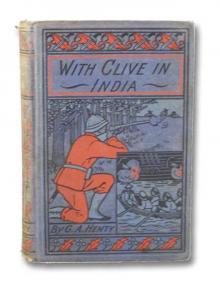 With Clive in India; Or, The Beginnings of an Empire
With Clive in India; Or, The Beginnings of an Empire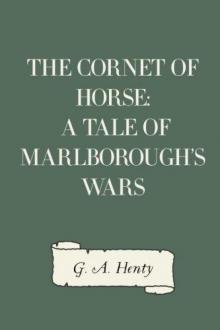 The Cornet of Horse: A Tale of Marlborough's Wars
The Cornet of Horse: A Tale of Marlborough's Wars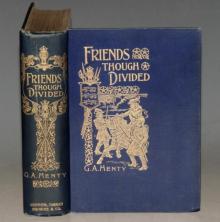 Friends, though divided: A Tale of the Civil War
Friends, though divided: A Tale of the Civil War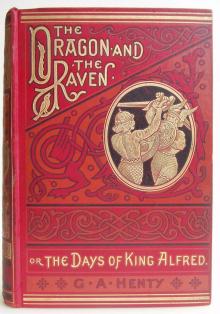 The Dragon and the Raven; Or, The Days of King Alfred
The Dragon and the Raven; Or, The Days of King Alfred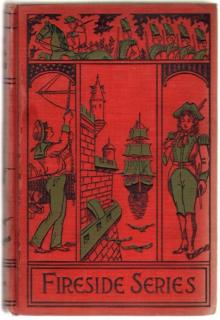 The Young Carthaginian: A Story of The Times of Hannibal
The Young Carthaginian: A Story of The Times of Hannibal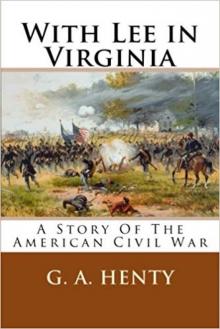 With Lee in Virginia: A Story of the American Civil War
With Lee in Virginia: A Story of the American Civil War A Knight of the White Cross: A Tale of the Siege of Rhodes
A Knight of the White Cross: A Tale of the Siege of Rhodes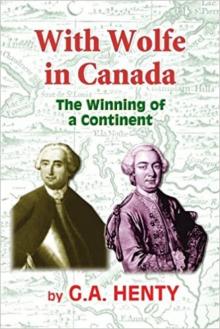 With Wolfe in Canada: The Winning of a Continent
With Wolfe in Canada: The Winning of a Continent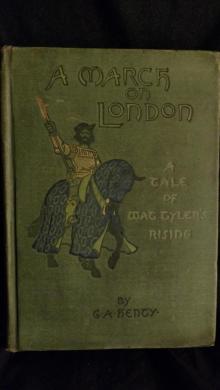 A March on London: Being a Story of Wat Tyler's Insurrection
A March on London: Being a Story of Wat Tyler's Insurrection Wulf the Saxon: A Story of the Norman Conquest
Wulf the Saxon: A Story of the Norman Conquest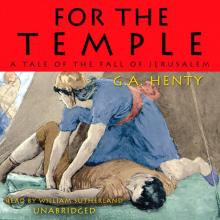 For the Temple: A Tale of the Fall of Jerusalem
For the Temple: A Tale of the Fall of Jerusalem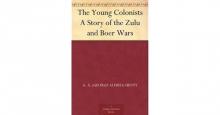 The Young Colonists: A Story of the Zulu and Boer Wars
The Young Colonists: A Story of the Zulu and Boer Wars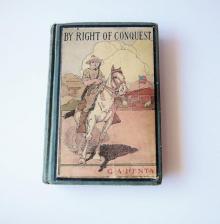 By Right of Conquest; Or, With Cortez in Mexico
By Right of Conquest; Or, With Cortez in Mexico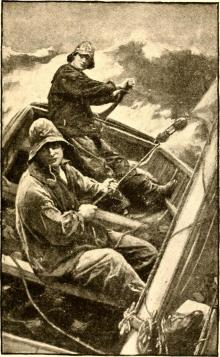 A Roving Commission; Or, Through the Black Insurrection at Hayti
A Roving Commission; Or, Through the Black Insurrection at Hayti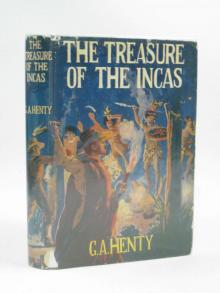 The Treasure of the Incas: A Story of Adventure in Peru
The Treasure of the Incas: A Story of Adventure in Peru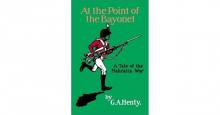 At the Point of the Bayonet: A Tale of the Mahratta War
At the Point of the Bayonet: A Tale of the Mahratta War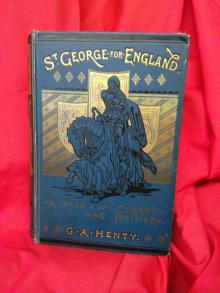 St. George for England
St. George for England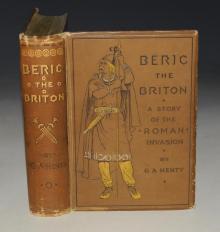 A Soldier's Daughter, and Other Stories
A Soldier's Daughter, and Other Stories Among Malay Pirates : a Tale of Adventure and Peril
Among Malay Pirates : a Tale of Adventure and Peril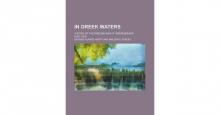 In Greek Waters: A Story of the Grecian War of Independence
In Greek Waters: A Story of the Grecian War of Independence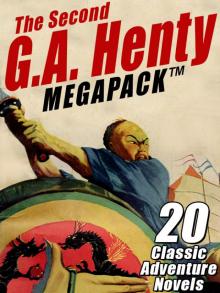 The Second G.A. Henty
The Second G.A. Henty In the Irish Brigade: A Tale of War in Flanders and Spain
In the Irish Brigade: A Tale of War in Flanders and Spain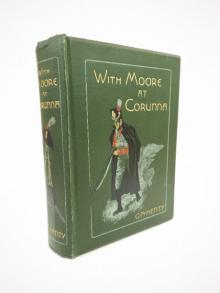 With Moore at Corunna
With Moore at Corunna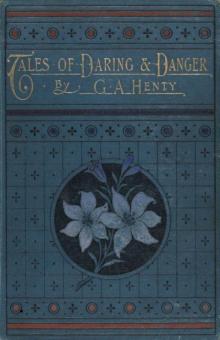 Tales of Daring and Danger
Tales of Daring and Danger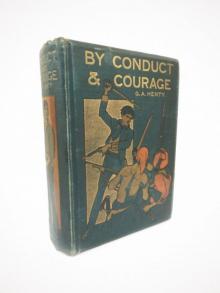 By Conduct and Courage: A Story of the Days of Nelson
By Conduct and Courage: A Story of the Days of Nelson With the Allies to Pekin: A Tale of the Relief of the Legations
With the Allies to Pekin: A Tale of the Relief of the Legations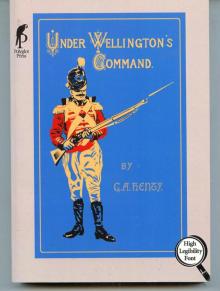 Under Wellington's Command: A Tale of the Peninsular War
Under Wellington's Command: A Tale of the Peninsular War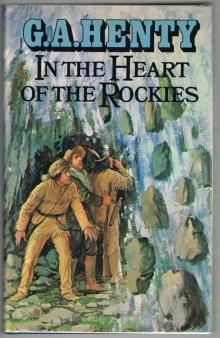 In the Heart of the Rockies: A Story of Adventure in Colorado
In the Heart of the Rockies: A Story of Adventure in Colorado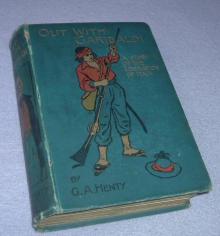 Out with Garibaldi: A story of the liberation of Italy
Out with Garibaldi: A story of the liberation of Italy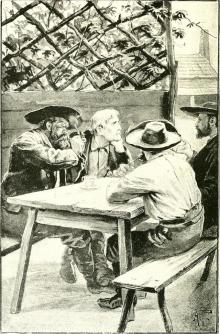 Redskin and Cow-Boy: A Tale of the Western Plains
Redskin and Cow-Boy: A Tale of the Western Plains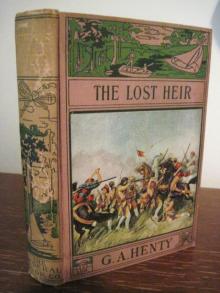 The Lost Heir
The Lost Heir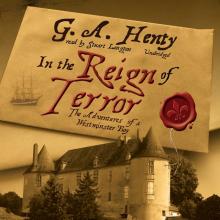 In the Reign of Terror: The Adventures of a Westminster Boy
In the Reign of Terror: The Adventures of a Westminster Boy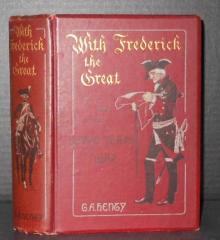 With Frederick the Great: A Story of the Seven Years' War
With Frederick the Great: A Story of the Seven Years' War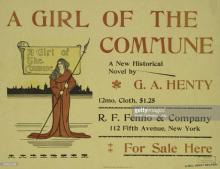 A Girl of the Commune
A Girl of the Commune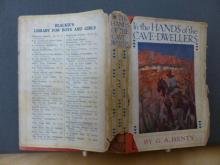 In the Hands of the Cave-Dwellers
In the Hands of the Cave-Dwellers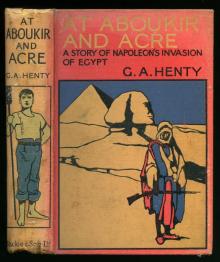 At Aboukir and Acre: A Story of Napoleon's Invasion of Egypt
At Aboukir and Acre: A Story of Napoleon's Invasion of Egypt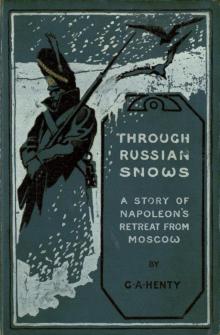 Through Russian Snows: A Story of Napoleon's Retreat from Moscow
Through Russian Snows: A Story of Napoleon's Retreat from Moscow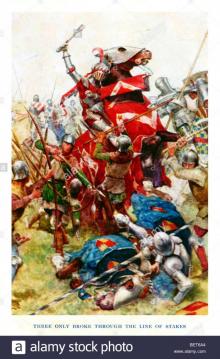 At Agincourt
At Agincourt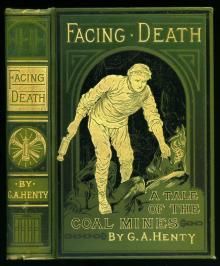 Facing Death; Or, The Hero of the Vaughan Pit: A Tale of the Coal Mines
Facing Death; Or, The Hero of the Vaughan Pit: A Tale of the Coal Mines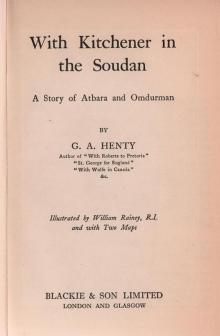 With Kitchener in the Soudan: A Story of Atbara and Omdurman
With Kitchener in the Soudan: A Story of Atbara and Omdurman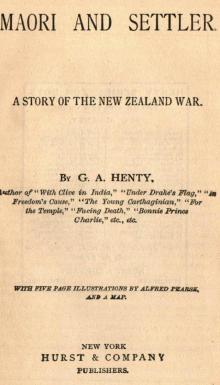 Maori and Settler: A Story of The New Zealand War
Maori and Settler: A Story of The New Zealand War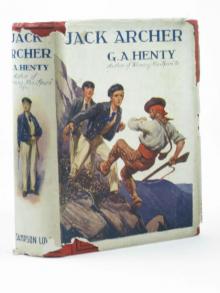 Jack Archer: A Tale of the Crimea
Jack Archer: A Tale of the Crimea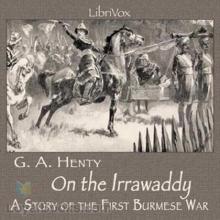 On the Irrawaddy: A Story of the First Burmese War
On the Irrawaddy: A Story of the First Burmese War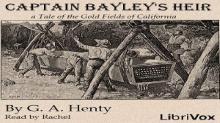 Captain Bayley's Heir: A Tale of the Gold Fields of California
Captain Bayley's Heir: A Tale of the Gold Fields of California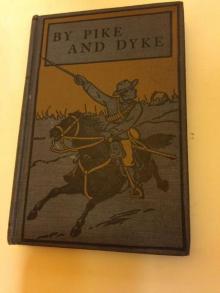 By Pike and Dyke: a Tale of the Rise of the Dutch Republic
By Pike and Dyke: a Tale of the Rise of the Dutch Republic_preview.jpg) Dorothy's Double. Volume 1 (of 3)
Dorothy's Double. Volume 1 (of 3)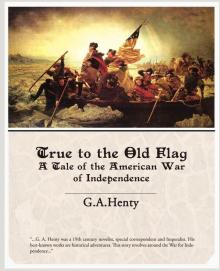 True to the Old Flag: A Tale of the American War of Independence
True to the Old Flag: A Tale of the American War of Independence When London Burned : a Story of Restoration Times and the Great Fire
When London Burned : a Story of Restoration Times and the Great Fire The Golden Canyon
The Golden Canyon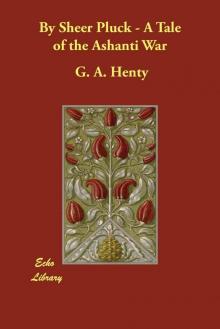 By Sheer Pluck: A Tale of the Ashanti War
By Sheer Pluck: A Tale of the Ashanti War In Times of Peril: A Tale of India
In Times of Peril: A Tale of India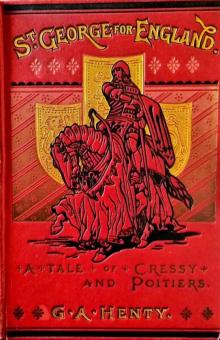 St. George for England: A Tale of Cressy and Poitiers
St. George for England: A Tale of Cressy and Poitiers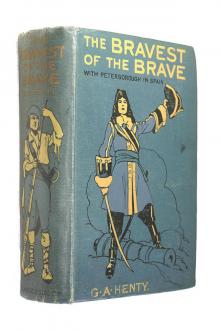 The Bravest of the Brave — or, with Peterborough in Spain
The Bravest of the Brave — or, with Peterborough in Spain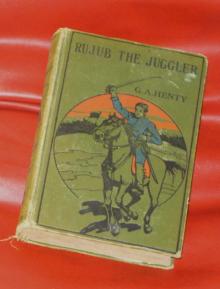 Rujub, the Juggler
Rujub, the Juggler Under Drake's Flag: A Tale of the Spanish Main
Under Drake's Flag: A Tale of the Spanish Main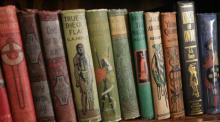 A Search For A Secret: A Novel. Vol. 2
A Search For A Secret: A Novel. Vol. 2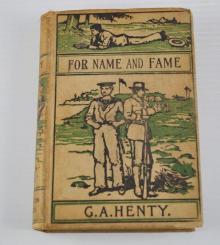 For Name and Fame; Or, Through Afghan Passes
For Name and Fame; Or, Through Afghan Passes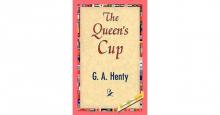 The Queen's Cup
The Queen's Cup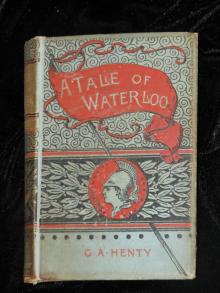 One of the 28th: A Tale of Waterloo
One of the 28th: A Tale of Waterloo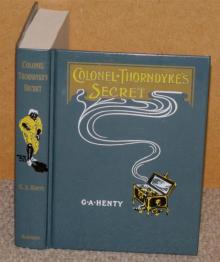 Colonel Thorndyke's Secret
Colonel Thorndyke's Secret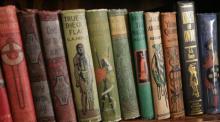 A Search For A Secret: A Novel. Vol. 3
A Search For A Secret: A Novel. Vol. 3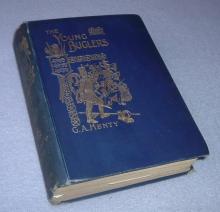 The Young Buglers
The Young Buglers_preview.jpg) By England's Aid; or, the Freeing of the Netherlands (1585-1604)
By England's Aid; or, the Freeing of the Netherlands (1585-1604) A Search For A Secret: A Novel. Vol. 1
A Search For A Secret: A Novel. Vol. 1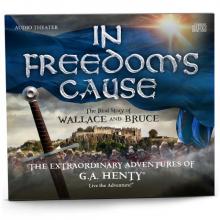 In Freedom's Cause : A Story of Wallace and Bruce
In Freedom's Cause : A Story of Wallace and Bruce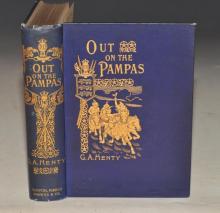 On the Pampas; Or, The Young Settlers
On the Pampas; Or, The Young Settlers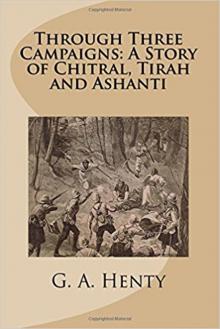 Through Three Campaigns: A Story of Chitral, Tirah and Ashanti
Through Three Campaigns: A Story of Chitral, Tirah and Ashanti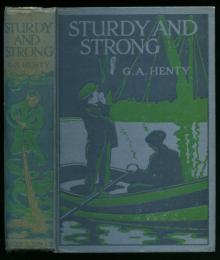 Sturdy and Strong; Or, How George Andrews Made His Way
Sturdy and Strong; Or, How George Andrews Made His Way_preview.jpg) Dorothy's Double. Volume 3 (of 3)
Dorothy's Double. Volume 3 (of 3)_preview.jpg) Dorothy's Double. Volume 2 (of 3)
Dorothy's Double. Volume 2 (of 3)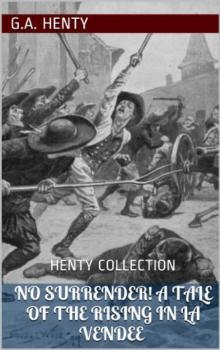 No Surrender! A Tale of the Rising in La Vendee
No Surrender! A Tale of the Rising in La Vendee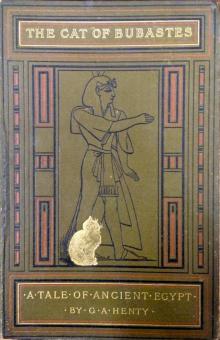 The Cat of Bubastes: A Tale of Ancient Egypt
The Cat of Bubastes: A Tale of Ancient Egypt A Jacobite Exile
A Jacobite Exile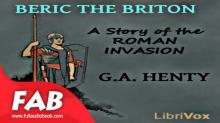 Beric the Briton : a Story of the Roman Invasion
Beric the Briton : a Story of the Roman Invasion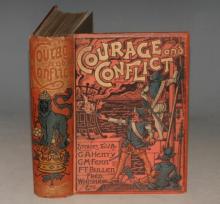 By England's Aid; Or, the Freeing of the Netherlands, 1585-1604
By England's Aid; Or, the Freeing of the Netherlands, 1585-1604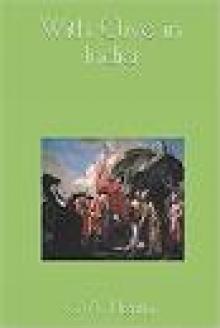 With Clive in India
With Clive in India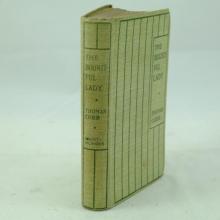 Bountiful Lady
Bountiful Lady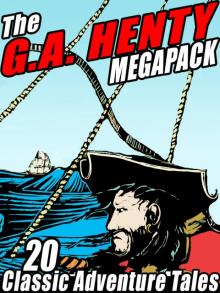 The G.A. Henty
The G.A. Henty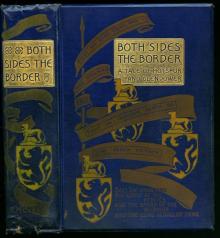 Both Sides the Border: A Tale of Hotspur and Glendower
Both Sides the Border: A Tale of Hotspur and Glendower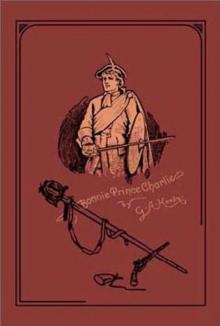 Bonnie Prince Charlie
Bonnie Prince Charlie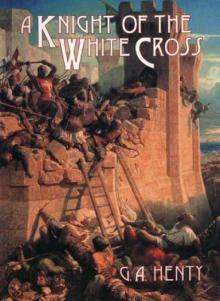 A Knight of the White Cross
A Knight of the White Cross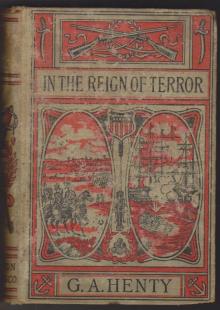 In The Reign Of Terror
In The Reign Of Terror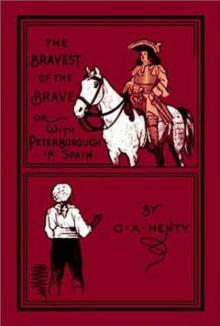 Bravest Of The Brave
Bravest Of The Brave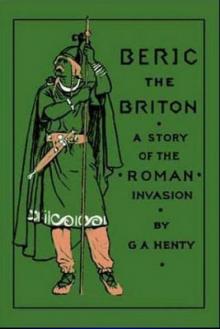 Beric the Briton
Beric the Briton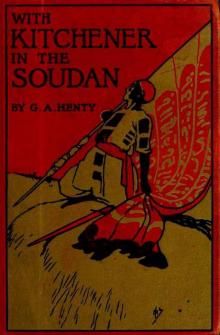 With Kitchener in the Soudan : a story of Atbara and Omdurman
With Kitchener in the Soudan : a story of Atbara and Omdurman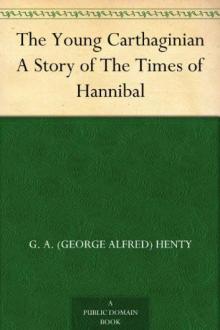 The Young Carthaginian
The Young Carthaginian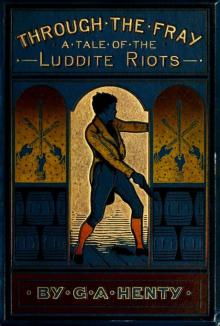 Through The Fray: A Tale Of The Luddite Riots
Through The Fray: A Tale Of The Luddite Riots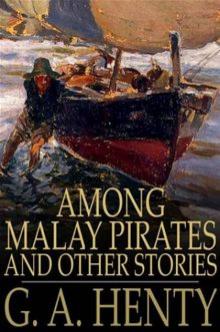 Among Malay Pirates
Among Malay Pirates